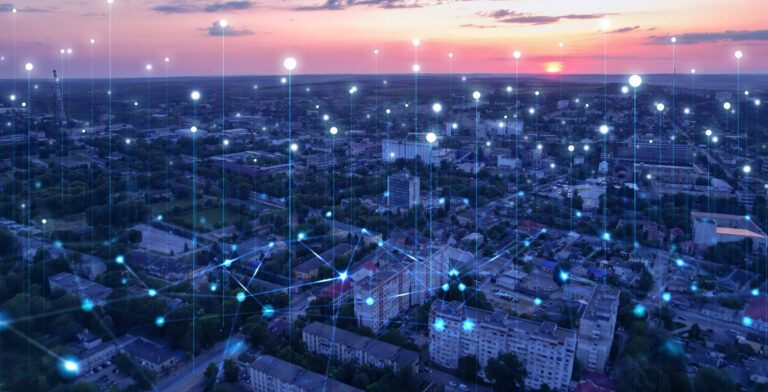November 22, 2019
The future of solar energy depends on making residential power good enough for the grid
By Scott Hinson, CTO, Pecan Street
At Pecan Street, we specialize in data collection and field trials for renewables to reduce carbon, so we felt we were in a good position to come up with a solution. Working with the technology development firm Concurrent Design, also in Austin, in cooperation with the DOE’s SunShot program, we designed and built a residential energy-storage system that turns a home into its own microgrid. It’s a solution that addresses all of solar’s integration issues at once. The goals were to improve power quality so that utilities can be more comfortable accepting energy from residential solar installations; to manage residential batteries so that consumers can use energy or deliver it to the grid even when the sun isn’t shining; and to allow homes to break off from the grid and power themselves during outages without so much as a flicker during the transition. This combination, we believe, will enable higher penetration of solar and other distributed resources on existing grids designed for traditional, centralized generation; it will also make these distributed sources an asset for utilities instead of the potential operational liabilities they are now.
We call this system the Energy Switch. We built a total of four of these systems, two for lab testing and two for field trials. The two field units were installed in the homes of some very gracious volunteers, who gave up a sizable chunk of their garages for the project. Even with the advances in energy storage, the Energy Switch isn’t small—it’s roughly the size of a tall, skinny home refrigerator at 61 centimeters wide, 61 cm deep, and 180 cm tall. And it’s rather heavy, at almost 900 kilograms (close to 2,000 pounds). Still, it’s a giant improvement over our first energy-storage system, developed six years ago, which weighed in at 1,360 kg and was three times the size.
Read the whole article online at IEEE Spectrum.


















